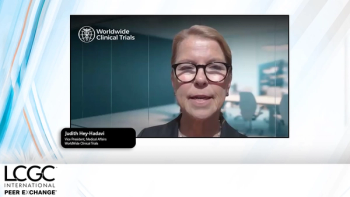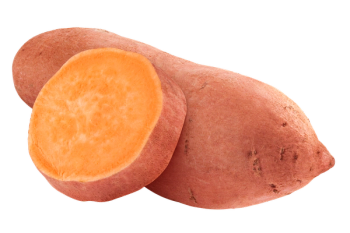
Hot Topics in HPLC Part II:
This is the second in a series of articles exploring topics that will be addressed at the HPLC 2020 conference in San Diego, from June 20 to 25.
This is the second in a series of articles exploring hot topics in high performance liquid chromatography (HPLC). Although originally planned as a preview of the HPLC 2020 conference, which has been postponed to June 2020, the series provides insights into important developments in the technique.
Theory predicts we are still more than two orders of magnitude away from the ultimate speed limits of liquid chromatography. What approaches can lead us to reach that ultimate speed?
With the first reports on what is known today as high pressure liquid chromatography (HPLC) dating back t0 1966 (1), and with the “HPLC“ acronym that we use so often in our daily professional conversations being coined exactly 50 years ago by Csaba Horvath, we can look back on history of more than 50 years of developments in this technique. The progress made has been truly impressive. Whereas 50 years ago an analysis with a resolution of n = 1000 plates took up to half an hour, a fully optimized system today can easily produce 100,000 plates in the same time-a gain of two orders of magnitude. The gain in analysis speed is even more remarkable; for example, the time needed to produce 30,000 theoretical plates has even been decreased by three orders of magnitude over the same period.
Thinking about how chromatography will evolve in the next 50 years, it is clear that progress will be much slower. However, if we could abandon the packed bed of spheres, theory predicts we are still more than two orders of magnitude away from the ultimate speed limits of liquid chromatography. The requirements to realize that speed are formidable but not entirely unfeasible. What would be needed is a material that can combine a more open packing structure with geometrical feature sizes equal to or smaller than those found in the current 2-mm-particle packed bed columns, while at the same time the structure retains sufficient mechanical strength and maintains a maximal degree of uniformity and structural repetition throughout the entire body.
Thinking today of a technology eventually capable of producing such a material, today’s top candidate appears to be three-dimensional (3D) printing. This technology is undergoing immense revolutions and already has myriad commercial applications in the broadest range of possible domains. However, diverse different approaches to 3D-printing technology exist, and these come in a very broad range of capabilities and performance characteristics in terms of resolution, printing material, writing speed, and cost. Very few of them can deliver the resolution needed to compete with the sub-micrometer sizes governing our current state-of-the-art packed bed columns (the flow-through pores in a 2-mm-particle packed bed column are roughly 0.6 to 0.7 mm wide). In fact, it seems that two-photon polymerization is the only technique capable of achieving such resolution, albeit at the expense of a very slow printing speed.
In my contribution at the upcoming HPLC 2020 conference, I will report on the possibilities, limitations, and challenges of two-photon polymerization printing to produce chromatographic media for analytical chromatography. For it is not only printing speed that matters; there are also critical issues involved in removing the unpolymerized printing resin, creating a sufficient retention surface in a mesopore space with appropriate pore sizes, providing a pressure-tight enclosure around the printed structure, and finding materials that are compatible with the mobile phases used in liquid chromatography. The latter is the consequence of the fact that two-photon polymerization is currently still limited to a few organic polymers (at best allowing for some inorganic residues) such that direct 3D printing of mesoporous silica materials is still a far dream. To put the possibilities in perspective, they will be compared to the current possibilities offered by silicon micromachining. This approach produces ordered 2D beds with configurable through-pore size, commonly known as micropillar array columns. New designs and production technologies are now also on the verge of bringing substantial improvements in this area as well. Last but not least, we will also discuss the possibilities of alternative 3D-printing approaches, in which the material is not constructed nano-pixel by nano-pixel, but rather entire layers of silica particles are deposited one by one on top of each other in a perfectly ordered and regular manner.
Reference
(1). C.G. Horvath and S.R. Lipsky, Nature211, 748–749 (1966).
Gert Desmet is the head of the Department of Chemical Engineering at the Vrije Universiteit Brussel, in Brussels, Belgium. Direct correspondence to
Newsletter
Join the global community of analytical scientists who trust LCGC for insights on the latest techniques, trends, and expert solutions in chromatography.





